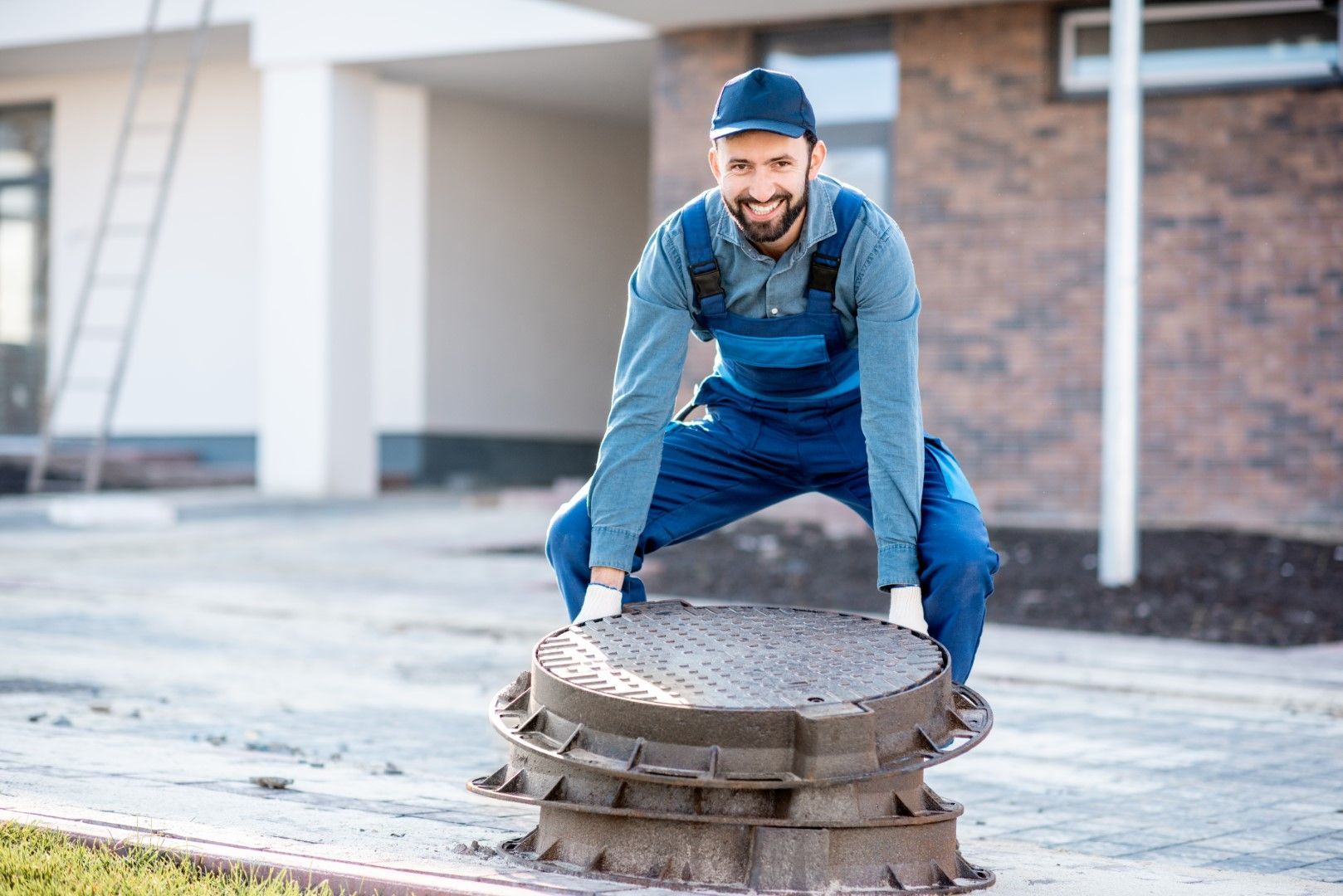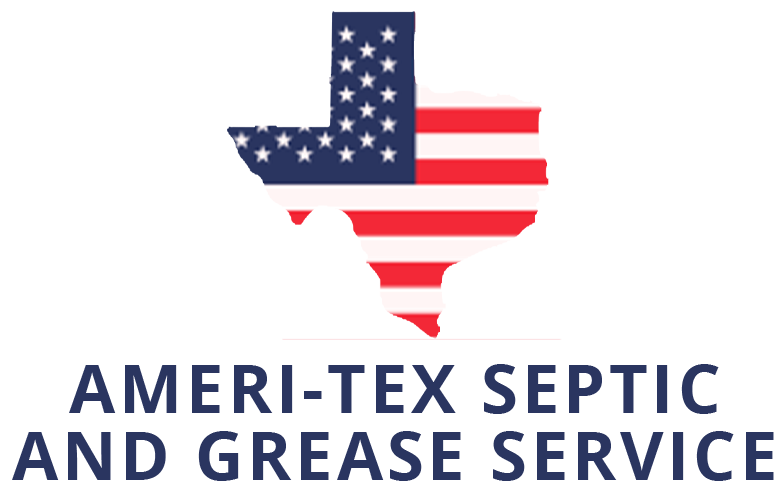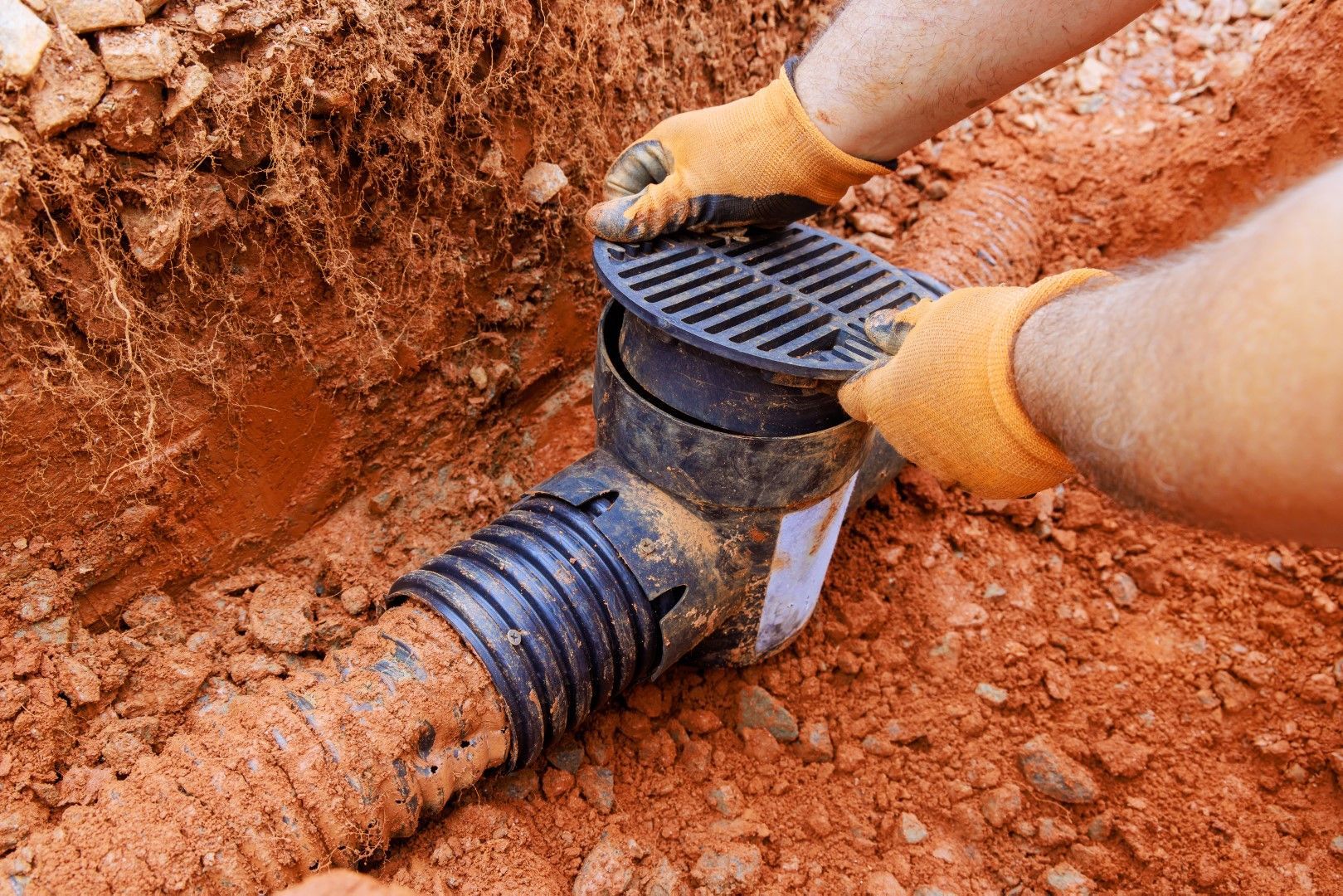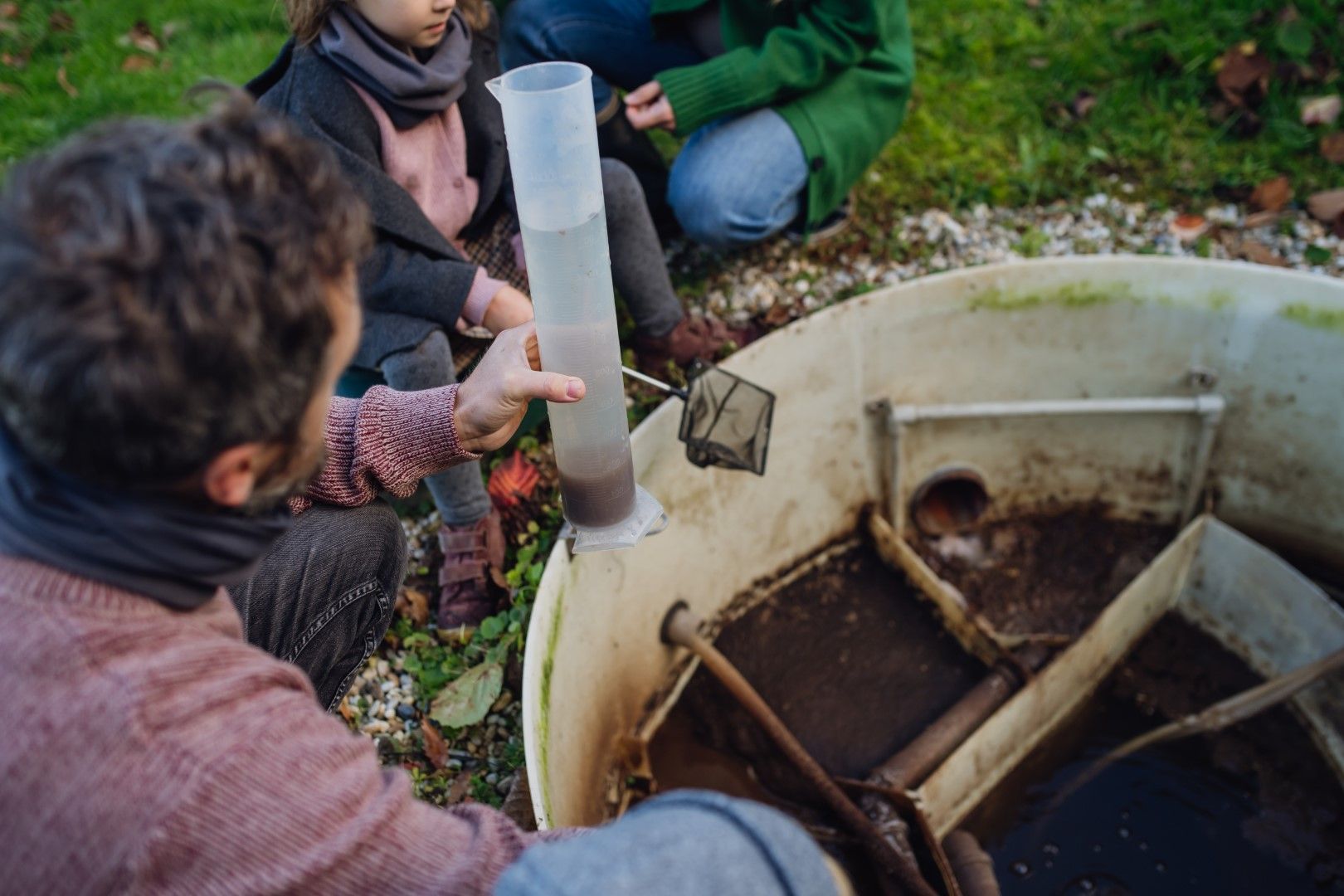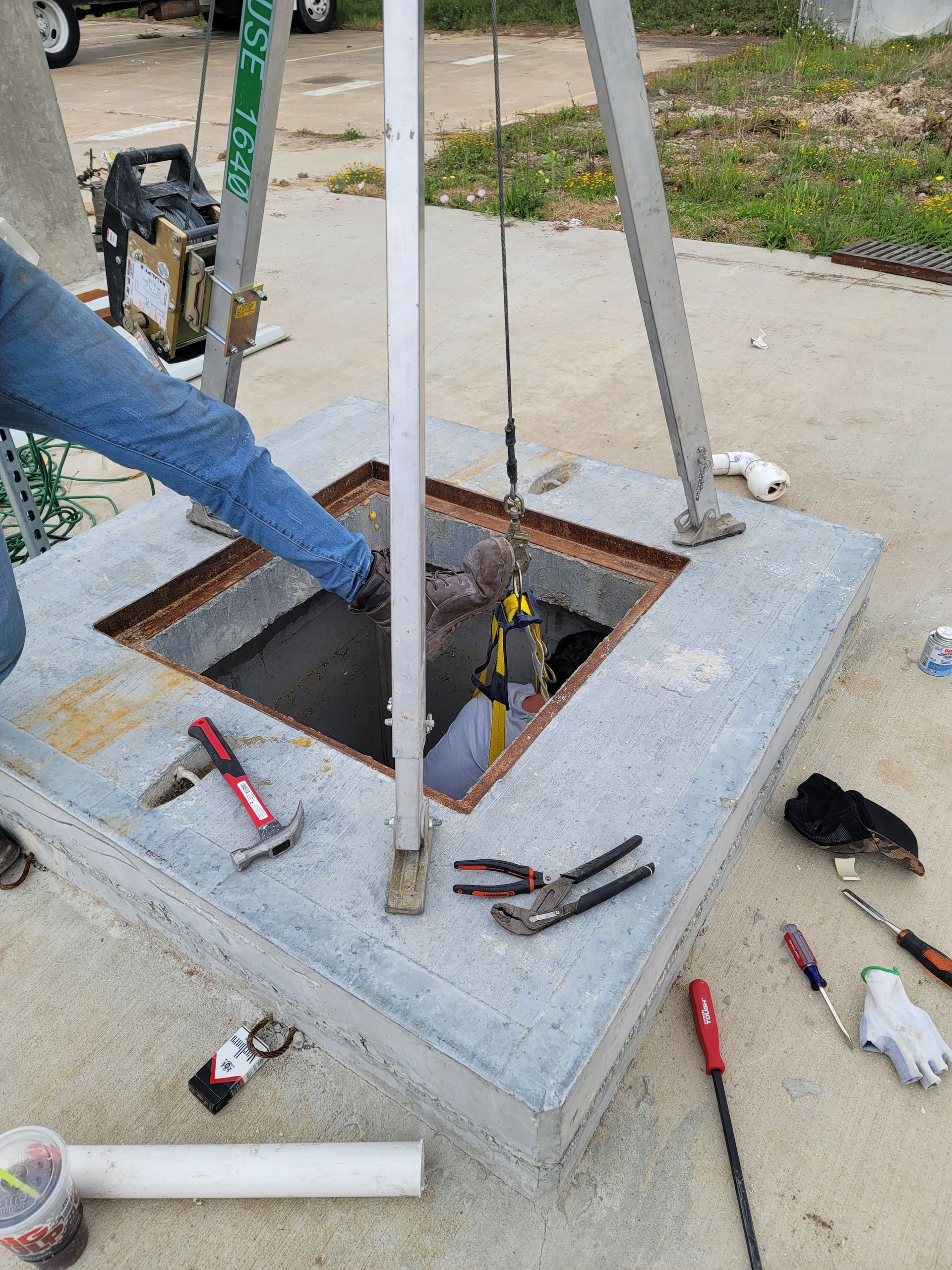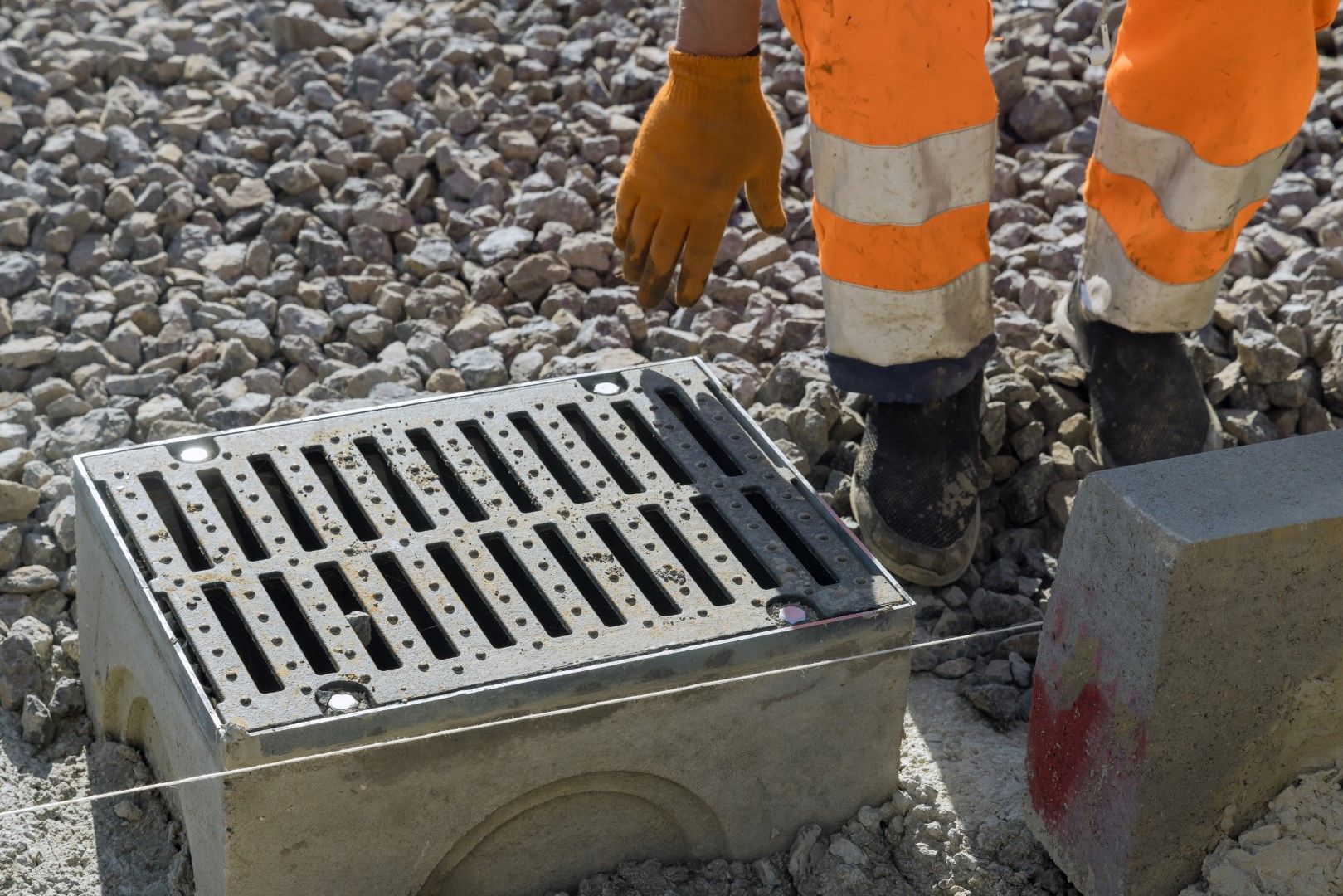Lift stations play an essential role in managing wastewater from homes and commercial properties, particularly those with basement-level bathrooms and kitchens that sit below the main sewage line. To move wastewater to higher elevations for proper disposal, lift stations rely heavily on the performance of submersible pumps. These pumps are the workhorses of the system, ensuring the smooth and efficient transfer of waste. In this article, we will explore the critical role submersible pumps play in effective lift station operation and why regular maintenance is key to their longevity.
What Is a Submersible Pump?
A submersible pump is a device designed to operate underwater, making it ideal for use in lift stations. Its primary function is to pump wastewater from lower elevations, such as basement-level bathrooms or kitchens, to the main sewer line or septic system. The sealed design of submersible pumps allows them to operate efficiently while being fully submerged, protecting the electrical components from water exposure.
Submersible pumps come in a variety of sizes and capacities, allowing them to be used in different types of lift stations, from small residential systems to large commercial operations. Ameri-Tex Septic & Grease Service provides top-of-the-line submersible pumps that are customized to fit the needs of each property, ensuring optimal performance.
How Submersible Pumps Operate in Lift Stations
Lift stations collect wastewater from homes or buildings and temporarily store it in a holding tank. Once the wastewater reaches a certain level, the submersible pump is activated to move the water upward to the main sewer line. Here’s a breakdown of how submersible pumps contribute to the overall lift station process:
Pumping Wastewater Efficiently
The main job of a submersible pump is to move wastewater from lower to higher elevations. Since these pumps are submerged directly in the wastewater, they do not require priming, making them highly efficient at moving water. Their sealed design ensures the pump remains protected from corrosion and damage due to exposure to sewage and wastewater.
Preventing System Overflows
In an effective lift station, the submersible pump activates as soon as the water level in the tank reaches a designated point. This timely activation prevents the tank from overflowing, which could lead to dangerous backflow, flooding, and costly repairs. The reliability of the submersible pump is key in maintaining a well-functioning wastewater system.
Handling Solid Waste
In addition to pumping wastewater, submersible pumps in lift stations are often designed to handle solids, grease, and other debris that can make their way into the system. Pumps equipped with grinder or cutter mechanisms break down these materials to prevent clogging and ensure smooth wastewater flow through the pipes.
The Advantages of Submersible Pumps
Submersible pumps offer several advantages over other types of pumps, making them the preferred choice for lift station operations. Here are some of the key benefits:
Energy Efficiency
Submersible pumps are more energy-efficient than their above-ground counterparts. Because they operate underwater, they have no need to expend extra energy on priming. This energy efficiency translates to lower operating costs and reduced energy consumption, making them ideal for continuous operation in lift stations.
Durability and Reliability
The sealed, watertight construction of submersible pumps protects them from corrosion and wear, even in harsh wastewater environments. This durability means submersible pumps can operate for extended periods without requiring frequent maintenance or repairs, providing reliable service in both residential and commercial lift stations.
Quiet Operation
Since submersible pumps operate underwater, they are much quieter than other types of pumps. This makes them a great choice for residential properties or commercial areas where noise may be a concern. Their quiet operation ensures minimal disruption while they perform their essential functions.
Space-Saving Design
Submersible pumps are compact and do not require large amounts of space for installation. Their design allows them to be placed directly in the wastewater holding tank, reducing the need for additional equipment or large pump housings. This makes them ideal for properties where space is limited.
The Importance of Regular Maintenance for Submersible Pumps
While submersible pumps are designed to be durable and reliable, regular maintenance is crucial for ensuring their long-term performance. Without routine inspections and servicing, even the most robust pump can experience wear and tear that could lead to system failures. Here’s why lift station maintenance should be a priority:
Preventing Clogs and Blockages
Over time, debris, grease, and other waste materials can accumulate in the pump or pipes, leading to clogs. Regular maintenance includes cleaning the pump and surrounding components to prevent blockages that could reduce efficiency or cause system failure.
Extending Pump Lifespan
Routine inspections can help detect small issues before they turn into major problems. Catching potential issues early, such as a worn seal or electrical malfunction, allows for timely repairs that can extend the lifespan of your submersible pump.
Ensuring Reliable Operation
A well-maintained pump ensures that your lift station operates smoothly and efficiently. Preventive maintenance reduces the likelihood of unexpected breakdowns, keeping your property’s wastewater system running without interruption.
Minimizing Emergency Repairs
Emergency lift station repairs can be costly and disruptive. Regular maintenance helps prevent emergencies by ensuring that all components of the system, including the submersible pump, are functioning optimally. At Ameri-Tex Septic & Grease Service, we recommend scheduling annual maintenance checks to keep your system in peak condition.
Trust Ameri-Tex Septic & Grease Service for Lift Station Maintenance
Submersible pumps are a critical component of any lift station, providing the power needed to move wastewater safely and efficiently. Regular maintenance and the use of high-quality submersible pumps are essential for preventing backflow, system malfunctions, and costly repairs.
At Ameri-Tex Septic & Grease Service, we specialize in providing top-notch lift station maintenance and emergency repair services in Houston, TX, and the Greater Houston area. Our team can inspect your lift station, replace worn parts, and ensure your submersible pump operates at peak efficiency. Contact us today to learn more about how we can help you maintain your lift station and keep your property safe from wastewater issues.
